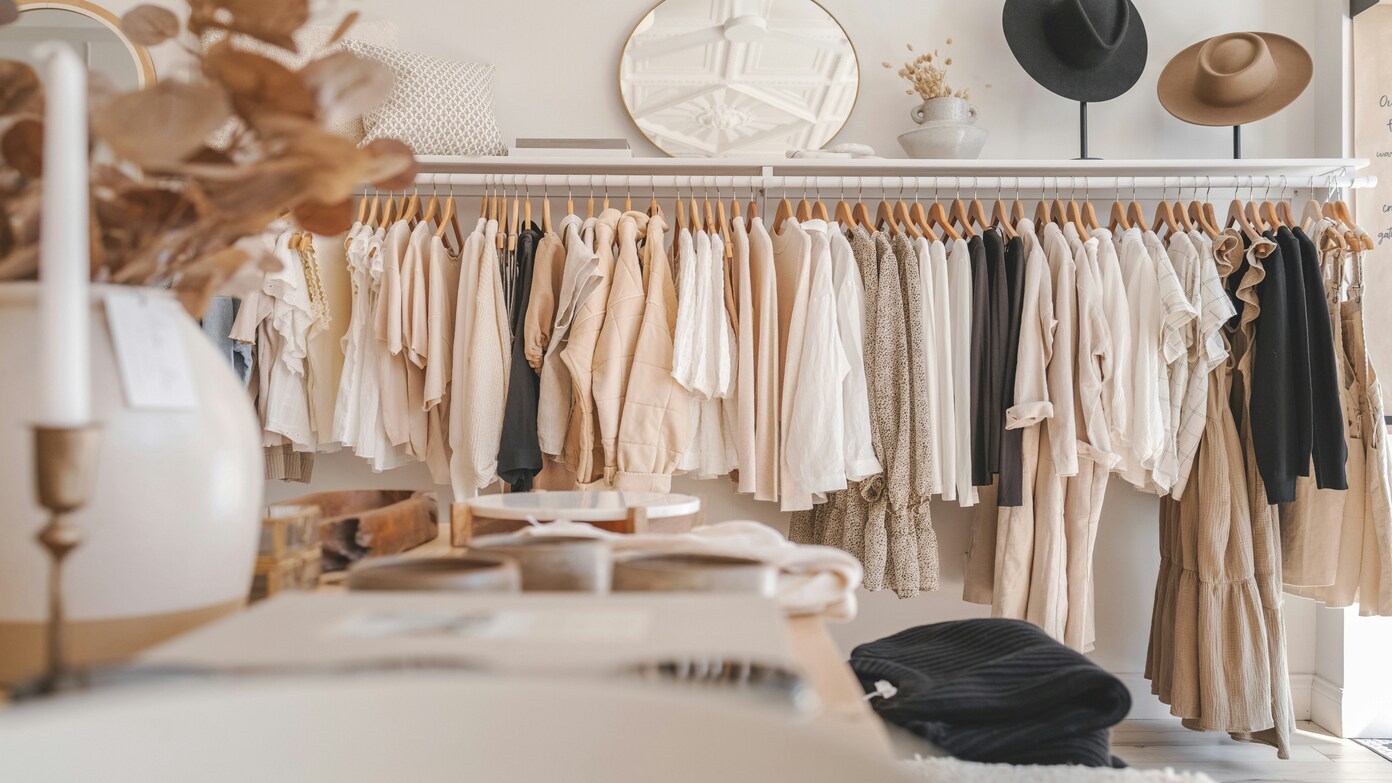FatFace axes brick-and-mortar in America
FatFace, the UK-based apparel brand that sells cheap outdoor fashion, is closing its whole U.S. store chain. The firm is abandoning physical stores and switching completely to online retailing, putting an end to its aggressive retail push in America.
There are presently 23 FatFace stores trading in the U.S., but all of them are set to close imminently, putting an estimated 145 jobs at risk. The decision, which was revealed by Retail Week, comes as rising costs and reduced returns render the brick-and-mortar stores unviable.
From aggressive expansion to hasty retreat
When FatFace launched in the United States in 2015 in Portland, Maine, its leadership was optimistic. Then-CEO Anthony Thompson hoped to have three U.S. locations open in a year and as many as 10 in 18 months. The company aimed to replicate its UK success, where it now boasts more than 200 locations.
But nearly ten years later, the outlook is far less optimistic. FatFace’s latest financial results reported a 21% drop in pre-tax profits to £16.9 million ($22.8 million) and an 11% decrease in total sales. The headwinds, along with increased operating costs, have led executives to remake their business model.
Rather than holding on to losses incurred, FatFace will focus on its e-commerce website with a wager that online sales will sustain the brand without the drag of stores.
The wider retail crisis
FatFace is far from the only brand withdrawing from physical retail. Store closures have devastated the U.S. as brands battle rising rents, shifting consumer habits, and online competition.
Just last week, teen retailer Claire’s filed for bankruptcy — its second in seven years — threatening up to 700 store closures. Drugstore giant Rite Aid is also shuttering hundreds of locations, while Party City recently decided to close its entire portfolio of stores after four decades in business.
These cases reflect a broader industry trend. Even healthy brands are discovering that maintaining large physical presences is no longer a guarantee of profitability. For many, survival means retrenching to focus on digital sales and wholesale partnerships.
Why the U.S. market never clicked
FatFace’s formula — inexpensive, relaxed outdoor apparel — has been a hit in the U.K. for some time. Entering the highly competitive U.S. market, however, proved far more difficult than expected. American shoppers already had L.L. Bean, J.Crew, and Old Navy, among dozens of other established brands, to choose from, making it difficult for FatFace to build a loyal customer base.
The situation was also not helped by the timing. The brand expanded just as retail costs began to rocket and consumer habits began tilting heavily towards online consumption. What had been viewed as a growth market with immense potential abruptly turned into a drain on finances.
Read this later.
Major change to Target price match policy leaves shoppers angry
Good news for Bed, Bath & Beyond fans: retailer coming back with a new name
Good news for Southwest passengers: new booking option for flight reservations
One of Mexico’s finest taco and margerita joints opens first outlet in Texas
What next for FatFace consumers?
The brand’s American fans will not be left out. FatFace will continue to offer its apparel online, and its website will become the go-to for U.S. customers. Gone, however, is the tactile experience of browsing racks, trying on clothes, and snagging in-store promotions.
The business has not yet released an official closure timeline, but all 23 U.S. stores will close within the next few months. Consumers looking to score last-minute bargains may be able to find clearance sales as stores wind down operations.
The bottom line
FatFace’s U.S. pullback is the newest sign that physical retail is getting squeezed from every direction — rising expenses, changing consumer behaviour, and ruthless online competition. What had begun as a promising international expansion has ended in a full retreat.
For American consumers who shopped at FatFace stores, the brand is saying goodbye — at least in the physical sense. Soon, if you want their jackets, sweaters, or accessories, you’ll have to click “Add to Cart” instead of going through the door.

